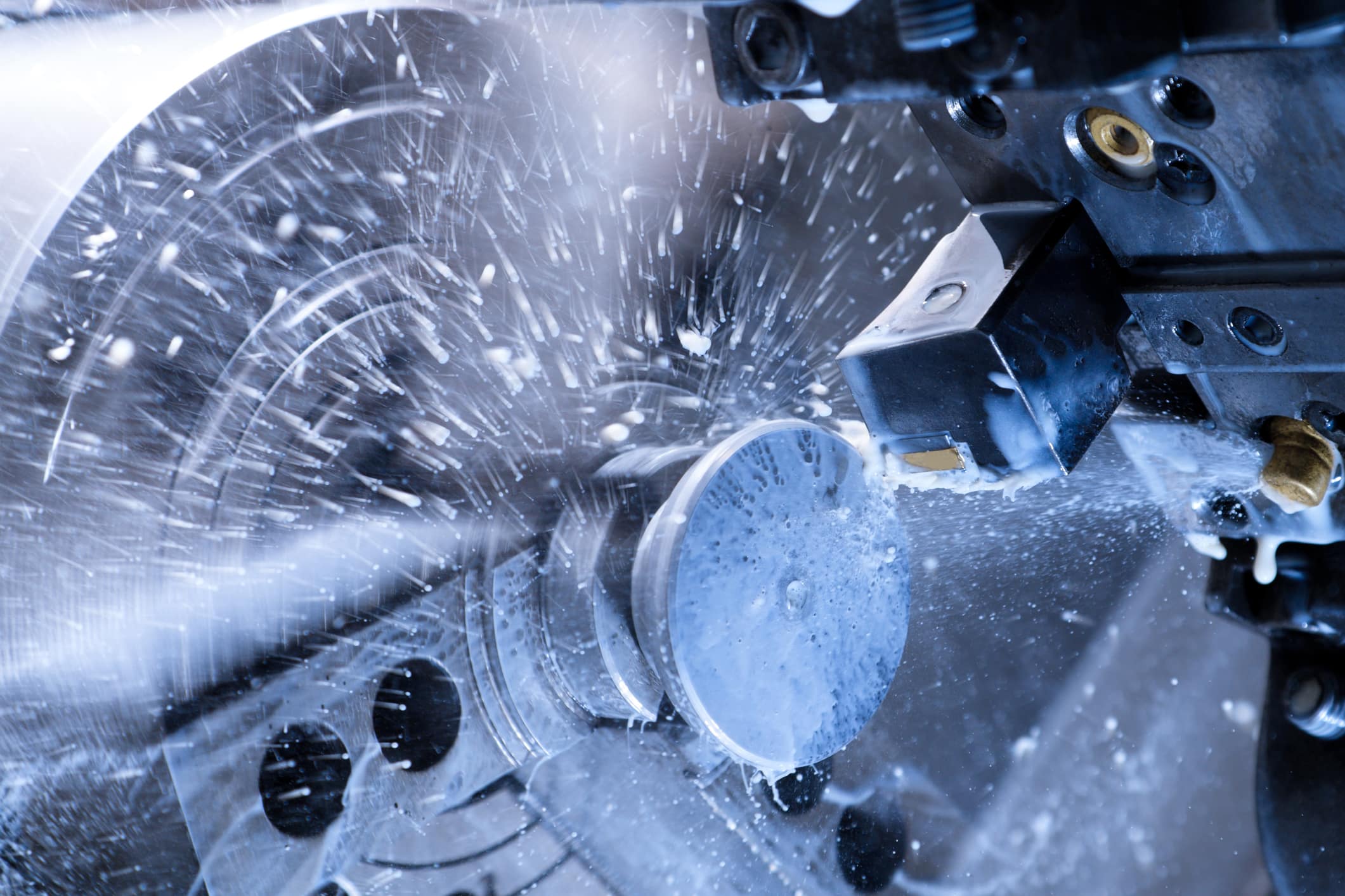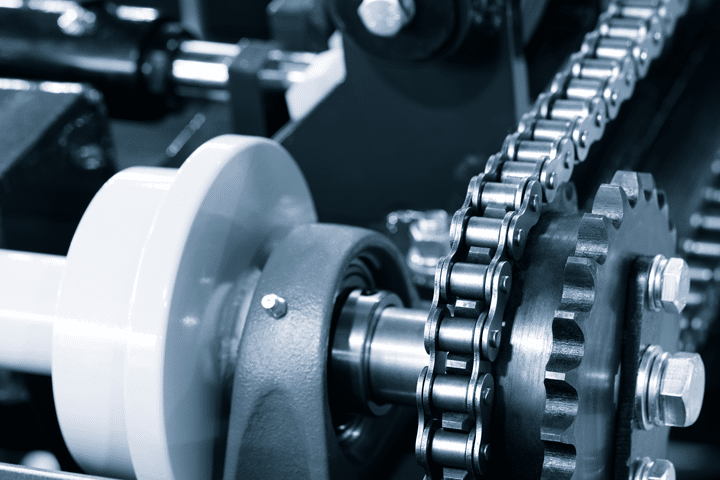Tungsten, a metal known for its high melting point, hardness, and density, is widely used in a variety of industrial applications due to its unique properties. However, tungsten is also one of the most difficult metals to machine, which can make the manufacturing process challenging. Halocarbon Metalworking Fluids are designed to simplify a variety of tungsten machining processes, improving efficiency, tool life, precision and more.
With Halocarbon Metalworking Fluids made for tungsten machining processes, tungsten grinding, turning, drilling, polishing, and milling become safer, more efficient, and more effective. In this blog, we will discuss different types of tungsten machining techniques and their applications and how our Halocarbon Metalworking Fluids play a role in each.
In this article, we’ll cover:
- Tungsten Grinding
- Tungsten Turning
- Tungsten Drilling
- Tungsten Polishing
- Tungsten Milling
- Metalworking Fluids for Tungsten Machining
Tungsten Grinding
Grinding is the more common type of tungsten machining. The process involves using a grinding wheel to remove material from the workpiece. In the case of tungsten, much like titanium machining, a diamond grinding wheel is typically used due to the metal’s hardness. The grinding process can be performed manually or using a CNC machine. The CNC machine provides greater precision and consistency in the grinding process.
Tungsten grinding is used to create a variety of shapes, including round, square, and tapered shapes. The process can also be used to create grooves and notches in the workpiece. This process is well-suited for metalworking applications where high-quality welds are required, such as in the aerospace, automotive, and electronics industries.
Tungsten Turning
Tungsten turning is a metalworking process that involves cutting, shaping, and forming tungsten into desired shapes and sizes using cutting tools. Tungsten is a very tough and brittle metal, which makes it difficult to machine, but with the right tools and techniques, it can be effectively turned.
Metalworking fluids play an essential role in this process as they help to cool the cutting tool and the workpiece, reduce friction, and remove chips and debris generated during the cutting process. The use of metalworking fluids not only helps to improve the quality and accuracy of the machining process but also increases the tool life, reduces downtime, and improves worker safety by reducing the risk of injury from flying chips and debris.
Tungsten Drilling
Drilling is another common tungsten machining technique. However, drilling tungsten can be challenging due to the metal’s hardness and brittleness. In addition, tungsten has a tendency to crack or chip during the drilling process. To overcome these challenges, a tungsten carbide drill bit is typically used. Tungsten carbide is a rigid and durable material that can withstand the stress of drilling tungsten. In addition, a lubricant is often used to reduce heat and friction during the drilling process.
Tungsten drilling is commonly used in the production of tungsten rods and tubes. These components are used in a variety of applications, including aerospace, defense, and medical devices.
Tungsten Polishing
Polishing is a tungsten machining technique used to create a smooth and reflective surface on the workpiece. The process involves using a polishing wheel or belt to remove small amounts of material from the workpiece. Because of its hardness, polishing tungsten can be challenging. In addition, tungsten has a tendency to create burrs and other surface imperfections during the polishing process.
As in tungsten drilling, a diamond polishing wheel is often used in tungsten polishing to accommodate the metal’s physical properties. The diamond polishing wheel can create a smooth and reflective surface on the workpiece while minimizing the risk of surface imperfections. Tungsten polishing is commonly used in the production of mirrors, reflectors, and other optical components. The process is also used in the production of jewelry and other decorative items.
Tungsten Milling
Milling is a tungsten machining technique used to create complex shapes and contours in the workpiece. The process involves using a rotating cutting tool to remove material from the workpiece. Like other tungsten machining processes, milling tungsten can be challenging, as it has a tendency to chip or crack during the milling process. Diamond-coated milling tools and carbides are designed to withstand the stress of milling tungsten and minimize the risk of chipping or cracking.
Tungsten milling is commonly used in the production of tungsten carbide components, which are used in a variety of industrial applications. The process is also used in the production of molds and dies.
Halocarbon Metalworking Fluids for Tungsten Machining
Halocarbon Metalworking Fluids are used in tungsten machining to reduce heat and friction during the machining process. These fluids can also improve the surface finish of the workpiece and prolong the life of the cutting tool.
When selecting a metalworking fluid for tungsten machining, it is important to consider the specific application and the material being machined. Choosing the optimal fluid can help improve the machining process and prolong the life of the cutting tool.
Tungsten grinding, drilling, polishing, and milling are some of the most common machining techniques used in the production of tungsten components. By understanding the different types of tungsten machining techniques and selecting the right tools and fluids for the application, manufacturers can create high-quality tungsten components for a variety of crucial industrial applications.
Halocarbon is committed to formulating breakthrough metalworking fluids to provide high-efficiency machinability and workability for tungsten. Whether you’re seeking metalworking fluids for tungsten grinding, turning, drilling, polishing, or milling, our innovative Metalworking Fluid solutions empower safe, dependable processing. Halocarbon metalworking fluids increase throughput, extend tool life and significantly reduce surface roughness. Looking to learn more or purchase a tungsten machining fluid? Contact us today!






Leave a Reply